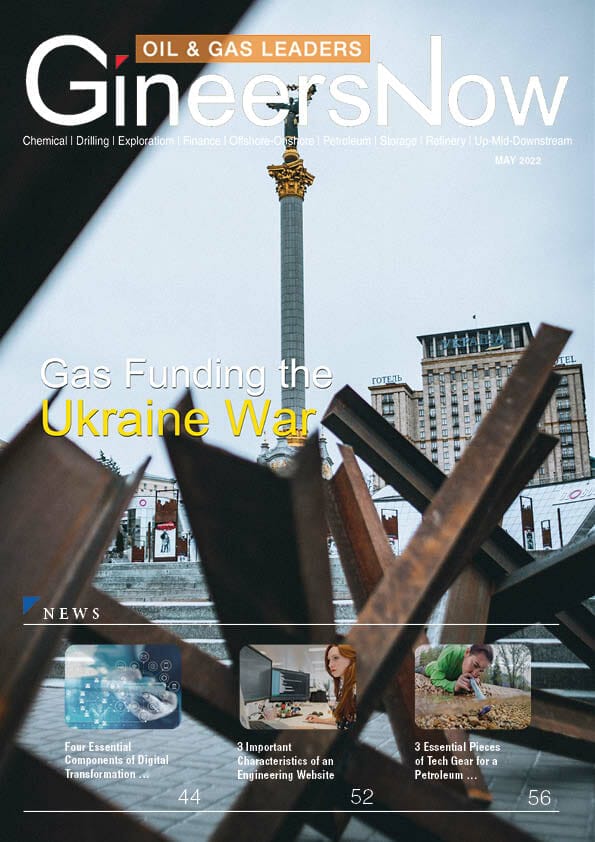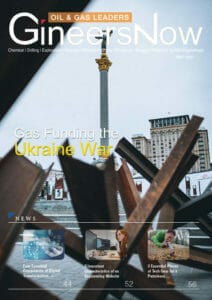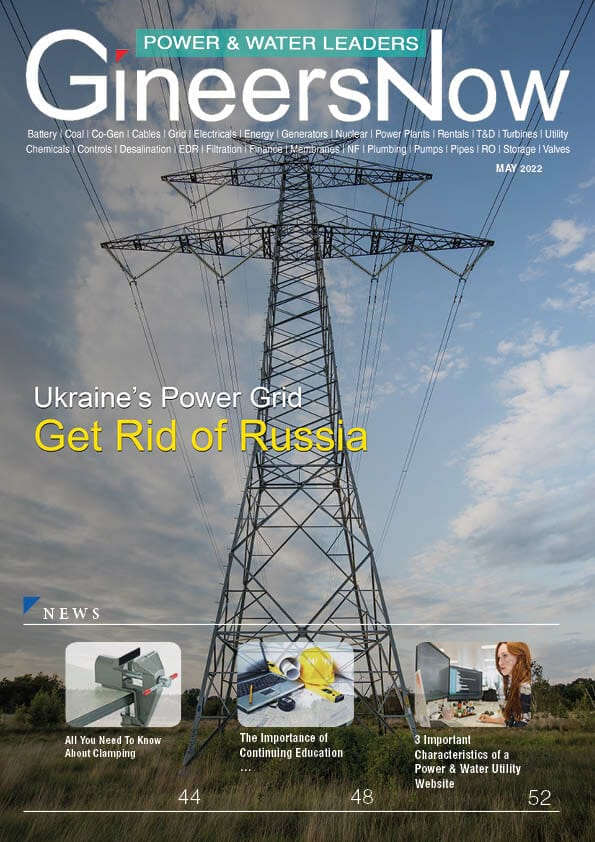Russia’s Oil & Gas is Funding the Ukraine War
Since Russia invaded Ukraine two months ago, the United States, the European Union, and its allies have launched an economic counteroffensive that has deprived Russia of hundreds of billions of dollars in its own currency and blocked a significant portion of its worldwide business. Over 1,000 businesses, organizations, and people have been sanctioned, including members of President Vladimir V. Putin’s closest circle.
But Putin cautioned the world that he has economic weapons that he may use to inflict pain or deter an attack.
This is the reliance of the US and Europe on Russian gas, which prompted both powers to exclude gasoline imports from the severe sanctions they placed on Russia at the start of the conflict. Russian oil exports account for approximately 5 million barrels per day as part of a volatile worldwide market. Exports of crude oil and refined products bring in about $700 million per day. Around half of this oil is acquired by the European Union, while about a quarter is acquired by China. As of January, nearly half of Russian tax revenues are derived from oil and gas.
This money assists Russia in financing its military operations and mitigates the effect of sanctions. The conflict has compelled democracies to diversify their exports away from Russia. They’ve recommended halving natural gas supplies by next winter and eliminating them entirely by 2027. According to experts, these targets may be unduly ambitious.
That money helps Russia to fund its war efforts and blunts the impact of sanctions. The war has prompted democracies to move away from relying on Russian exports. They’ve proposed cutting natural gas deliveries by two-thirds before next winter and ending them altogether by 2027. Those goals may be overly ambitious, experts say.
A possible oil embargo can be approached in three ways. One scenario involves the U.S. banning the purchase of Russian oil but doing nothing else, so the U.S. pays nothing to Russia, but Russia receives the same revenue from other countries. As a second option, the U.S. may decide to ban oil purchases from Russia and impose “secondary sanctions” that would prohibit all financial institutions doing business in dollars from also facilitating the purchase of Russian oil globally. The third and most comprehensive solution would be to ban crude purchases, impose secondary sanctions, and convince Europeans to buy less gas.
In any scenario, switching to other providers and ultimately to more renewable energy sources would be costly and difficult.
Click below to read the magazine
Click here to download the magazine: Funding the Ukraine War
Click here to read on Yumpu: Funding the Ukraine War











